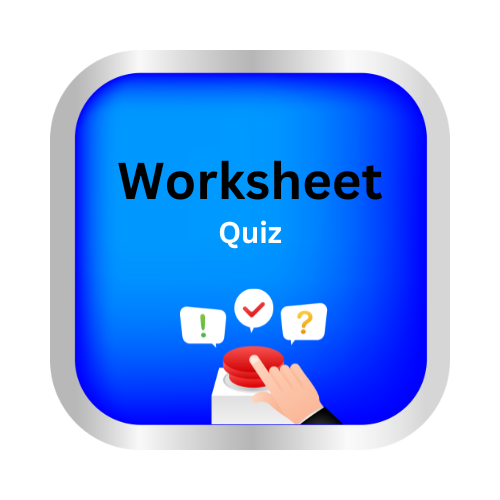Earthquakes
Key Notes :

What is an Earthquake?
- An earthquake is the shaking of the Earth’s surface caused by the sudden release of energy in the Earth’s crust.
- Causes of Earthquakes:
- Most earthquakes are caused by the movement of tectonic plates beneath the Earth’s surface.
- Tectonic plates are large sections of the Earth’s crust that float on the semi-fluid mantle beneath them.
- When these plates move, they can collide, pull apart, or slide past each other, creating stress that is released in the form of seismic waves.
- Types of Earthquake Waves:
- There are three main types of seismic waves: Primary (P-waves), Secondary (S-waves), and Surface waves.
- P-waves are the fastest and can travel through solids, liquids, and gases.
- S-waves are slower and can only travel through solids.
- Surface waves are the most destructive and cause the shaking you feel during an earthquake.
- Measuring Earthquakes:
- Earthquakes are measured on the Richter scale or the moment magnitude scale (Mw).
- The Richter scale assigns a single number to an earthquake’s magnitude, indicating its size.
- The moment magnitude scale is more accurate and measures the total energy released during an earthquake.
- Effects of Earthquakes:
- Earthquakes can cause a wide range of effects, including shaking, ground rupture, landslides, and tsunamis (if the epicenter is in the ocean).
- Buildings, bridges, and infrastructure can be damaged or destroyed during strong earthquakes.
- Earthquake Preparedness:
- To prepare for earthquakes, it’s essential to have an emergency kit with food, water, and first-aid supplies.
- Create a family emergency plan that includes a meeting place and contact information.
- Secure heavy objects and furniture to prevent them from falling during an earthquake.
- Know how to “Drop, Cover, and Hold On” during shaking to protect yourself.
- Famous Earthquakes:
- Mention some historic earthquakes, such as the 1906 San Francisco earthquake or the 2011 Tohoku earthquake in Japan, to illustrate the impact of earthquakes on communities.
- Earthquake Safety:
- Earthquake-resistant building designs and construction methods are crucial in earthquake-prone areas.
- Early warning systems can provide a few seconds to minutes of advance notice before an earthquake hits, allowing people to take cover.
- Post-Earthquake Response:
- After an earthquake, response efforts include search and rescue operations, medical care, and disaster relief.
- Earthquake Prediction and Research:
- While scientists cannot predict specific earthquakes, ongoing research helps us better understand earthquake patterns and risks.
Let’s practice!

